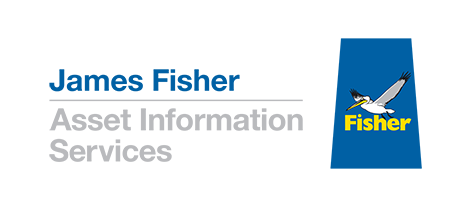Challenge
A leading North Sea operator needed a better way to manage risk across overlapping maintenance projects—both on individual assets and across their wider fleet. Repeated activities, like unnecessary scaffold removal and rebuilds, were driving up costs and compounding operational risk.
The root issue? A lack of visibility. Anomalies couldn’t be easily contextualised, and teams were making decisions without a clear picture of where risks were accumulating.
Solution
Working closely with the client, we:
- Mapped and assessed their raw data to understand how it was structured
- Applied deep learning to consolidate and visualise risk across the asset
- Created a dynamic model that highlighted where risk was building—based on location, anomaly type, and business-critical parameters
This gave teams a clear, visual understanding of where to focus, when to act, and how to plan smarter.
Impact
With better visibility came better decisions. The client was able to:
- Coordinate work more efficiently
- Reduce duplicated effort
- De-risk operations and maintenance activities
The result? A 10% saving across their O&M budget—and a more confident, connected approach to risk management.




 Read James Fisher and Sons plc's latest Annual Report
Read James Fisher and Sons plc's latest Annual Report